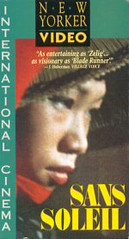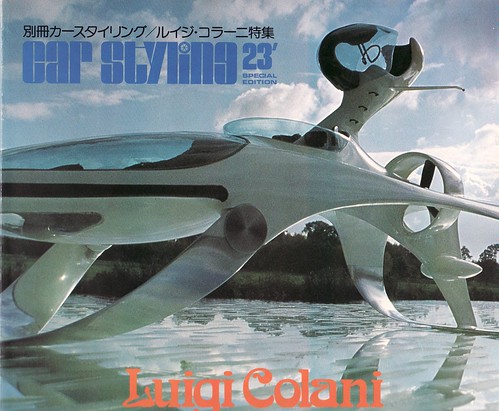The butler visited Diana und Actaeon – Der verbotene Blick auf die Nacktheit with a fellow butler and a maid.
He was thrilled to see Étant donnés[1] by Marcel Duchamp. And he did not realize it also looked like this[2]. He saw the famous metal doll sculpture[3] by Hans Bellmer and Bad Boy by Eric Fischl. He saw the most beautiful penis in post-war photography, yes he meant the Robert Mapplethorpe one[4].
He saw and liked photographs[5] of the Linley Sambourne collection, paintings by French figuratist Jean Rustin[6], paintings by Michael Kirkham[7], his first viewing of the fauvist Erich Heckel[8], Phryne[9] by French academic cult painter Jean-Léon Gérôme, waxworks by Belgian sculptor Berlinde De Bruyckere[10], and paintings by Roland Delcol[11].
The butler was also very much taken by Johannes Hüppi[12]; his first viewing of his fave John Currin[13]; his first real Félix Vallotton; and a Lisa Yuskavage[14]. But not that one.
Butler wants you to know that the works he pointed to are for reference only and may not correspond to the works at the exhibition. He also wants you to know that some of the links may be NSFW.







